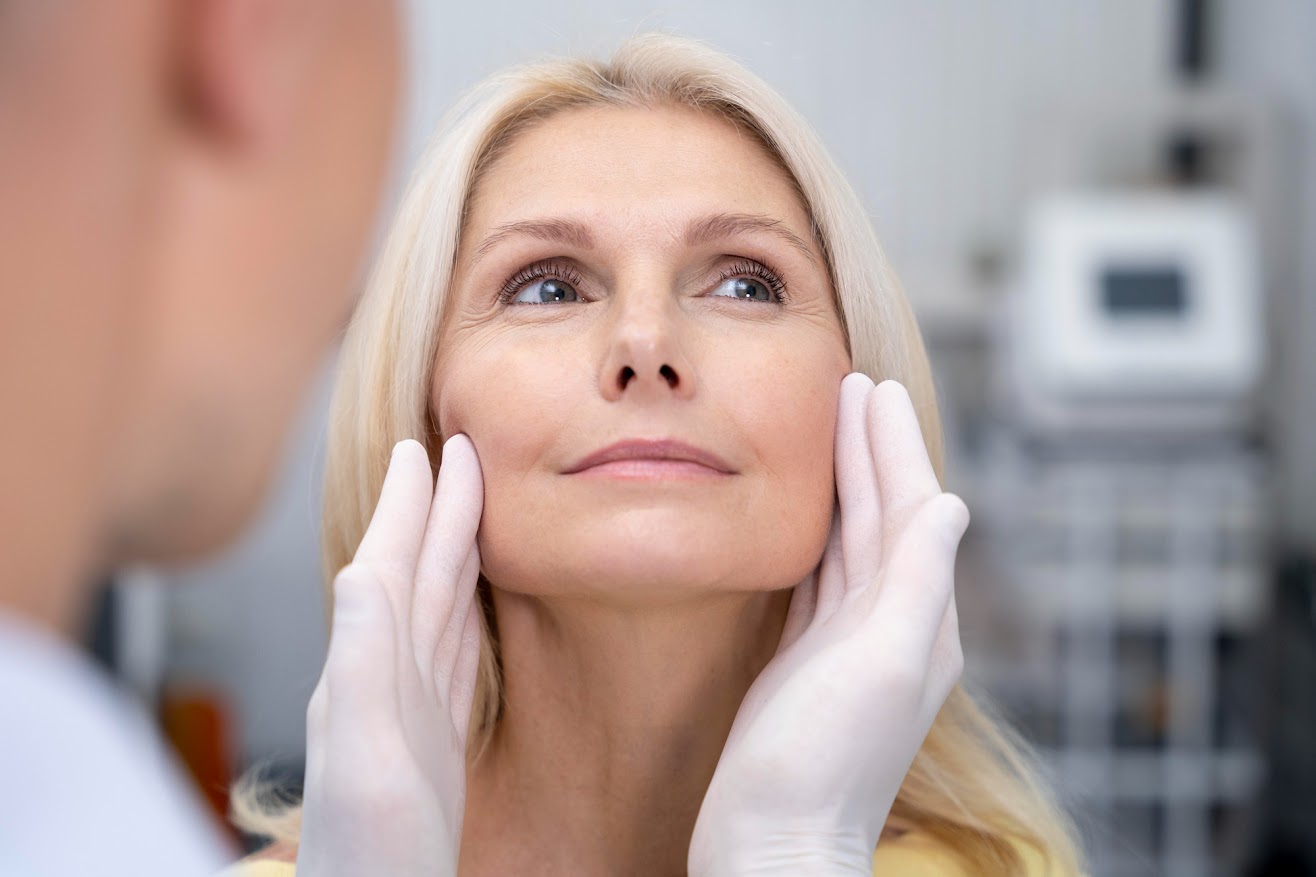
Nasal surgeries performed on patients who have had one or more previous nose jobs are called revision rhinoplasty procedures. Also called reconstructive rhinoplasty, the procedure addresses issues caused by previous surgery. Common reasons for subsequent nose jobs include breathing problems due to impaired airways and cosmetic issues incorrectly treated during prior surgeries. Issues also arise after improper healing following previous surgery.
As with primary rhinoplasty, this procedure is one of the most difficult and delicate surgeries in the cosmetic and reconstructive surgery line. The difficulty increases with the revision, where the patient’s nasal septum has already faced significant alteration. Further complicating matters is the patient’s emotional state, which may be negative after a disappointing previous experience.
Procedure Walk-Through
- Preparation: Smokers must cease smoking during the two weeks before and the two weeks after their procedure. Patients on blood thinners, including NSAIDs, aspirin, as well as vitamin E, and other supplements, must discontinue these two weeks before surgery. Patients who wear glasses may not do so during the first two weeks of healing after the procedure. Anyone over 45 years old requires medical clearance from his or her primary physician. Finally, arrange necessary time off work as well as transportation to and from the facility on the day of treatment.
- Anesthesia: This procedure typically requires a general anesthetic. Discuss any anesthesia concerns with Dr. Vallecillos during your consultation.
- Preoperative Consultation: During your consultation, tell Dr. Vallecillos about your desired results, and discuss any issues specific to prior surgeries. The doctor will discuss treatment options and, after your examination, make recommendations. The doctor will also share your pre-and post-operative instructions at this time. Follow these exactly for the best outcome.
Revision Rhinoplasty Procedure
As with primary nasal surgery, the revision procedure takes approximately one to two hours to complete. You receive anesthesia, and then Dr. Vallecillos makes opening incisions, either inside the nose to reduce visible scarring, or under the tip of the nose. Depending on your treatment needs, the doctor either grafts additional tissue to the nasal structure or removes excess bone and cartilage. The doctor then re-drapes the outer tissue and closes the incisions. Finally, the doctor dresses the area with a splint and absorbent materials, helping the nose keep its shape while healing.
Frequently Asked Questions
How long after rhinoplasty can I get a revision?
A patient must wait at least twelve months before undergoing revision surgery since the nose will change during this time. Doing so will also ensure the healing process is complete and that it is safe to move forward with another surgical procedure.
How many rhinoplasty revisions can you have?
Technically there is no limit on how many rhinoplasty revisions a patient may receive. However, with multiple rhinoplasties, the surgery can become more complex. Scar tissue can develop, the chance of improper healing is possible, and excessive removal of cartilage and bone tissue are all potential risks.
Are rhinoplasty revisions common?
Rhinoplasty revisions are more complicated than the initial procedure. About 5%-9.8% of patients end up receiving rhinoplasty revision surgery.
How risky is a revision rhinoplasty?
Nasal surgeries are considered extremely safe with a low number of associated risks. Additionally, rhinoplasty revision surgeries are safe and pose extremely low risks for healthy patients.
Can revision rhinoplasty look natural?
Revision rhinoplasty can provide transformative, natural-looking results, leaving many patients satisfied with their final look.
Can revision rhinoplasty make the nose bigger?
Typically the nose can appear to be larger due to post-procedure swelling. The nose can take up to twelve months to settle into its final position. Revision rhinoplasty will only make your nose bigger if that is the end goal of the procedure.
Should I go to the same surgeon for a revision rhinoplasty?
Revision rhinoplasty tends to be more complex due to scar tissue and other factors that may prolong the procedure. The most important thing is to go to a confident, trusted surgeon that you feel comfortable with to perform your surgery.
Who is a good candidate for revision rhinoplasty?
A good candidate for revision rhinoplasty is any patient looking to fix the shape and size of their nose and has waited at least twelve months since their previous surgery.
Why is revision rhinoplasty more expensive?
Revision rhinoplasty tends to be more expensive due to being more complicated, time-consuming, and risky than a first rhinoplasty procedure.
How do I know if I need a revision rhinoplasty?
You should consider a revision rhinoplasty if you are dissatisfied with the final appearance of your nose after your first procedure or if you are experiencing a functional issue.
